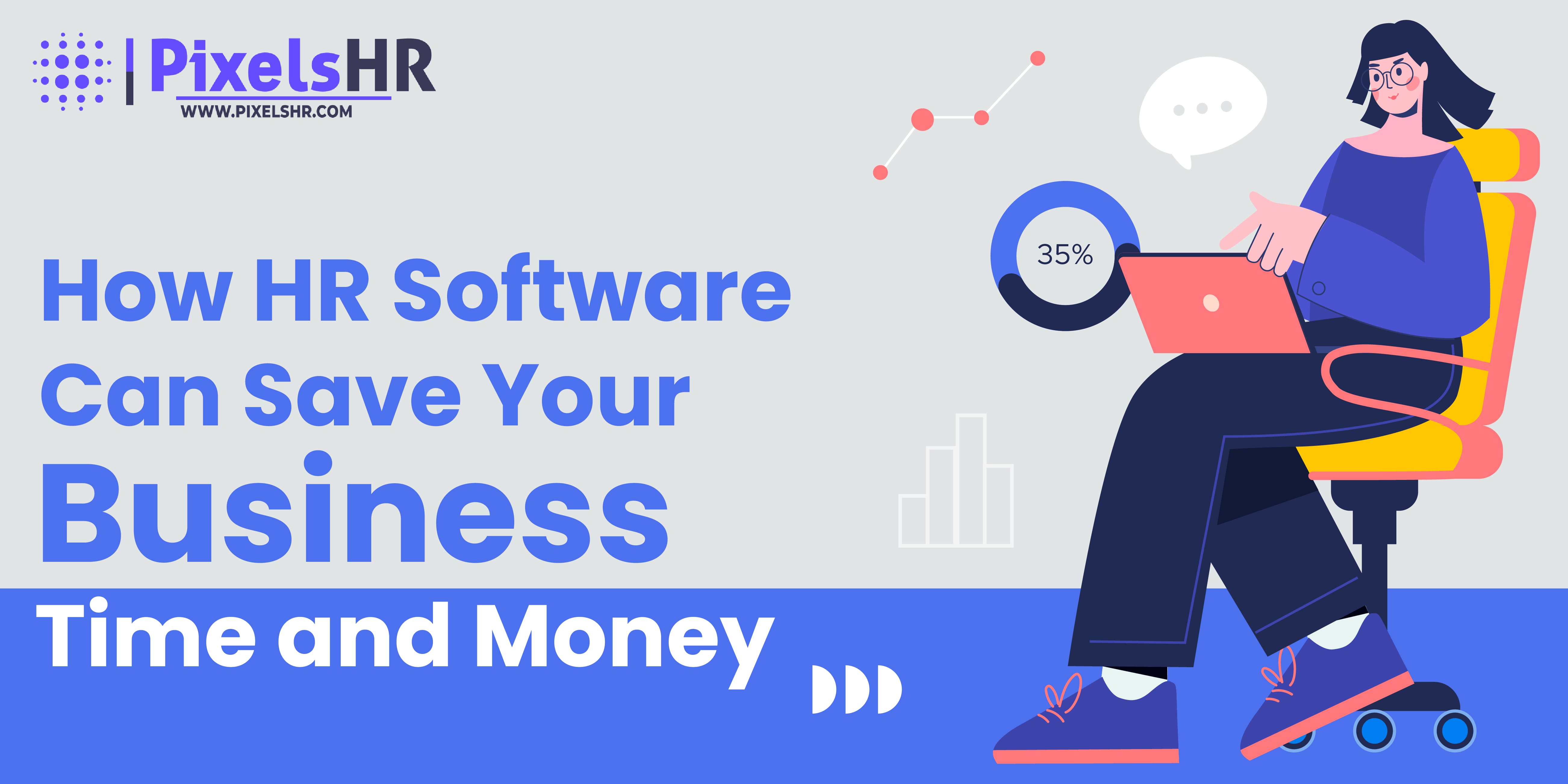How HR Software Can Save Your Business Time and Money
Jul 27, 2024In today's dynamic business landscape, HR departments are constantly under pressure to do more with less. Managing a growing workforce, maintaining compliance, and fostering a positive employee experience can be a significant challenge. This is where HR software emerges as a game-changer, offering a comprehensive suite of tools designed to streamline processes, boost efficiency, and ultimately save your business valuable time and money.
Overview of Time and Cost-Saving Benefits
HR software delivers a multitude of benefits that translate to significant time and cost savings for your organization. Here's a closer look at how HR software can revolutionize your HR operations:

- Streamlined Recruitment Processes
- Automated Job Posting and Applicant Tracking: Eliminate manual posting across multiple job boards and manage applications efficiently with automation.
- Time-efficient Resume Screening and Candidate Evaluation: Utilize applicant tracking features to filter resumes based on specific criteria and prioritize qualified candidates.
- Efficient Onboarding Procedures
- Digital Onboarding Documentation: Reduce paper trails and streamline the onboarding process with digital forms, e-signatures, and automated document management.
- Automated Training Assignments and Progress Tracking: Assign training modules automatically and track employee progress efficiently, ensuring a smooth integration into their new roles.
- Simplified Time and Attendance Management
- Automated Time Tracking Systems: Implement automated time tracking systems with features like clock in/out functionality and mobile access, eliminating manual data entry and payroll errors.
- Integration with Payroll for Accurate Compensation: Seamless integration with payroll software ensures accurate and timely compensation based on tracked hours.
- Improved Employee Self-Service
- Empowering Employees with Self-Service Portals: Provide employees with self-service portals to access payslips, request leave, update personal information, and manage benefits – reducing the burden on HR for administrative tasks.
- Enhanced Performance Management
- Automated Performance Reviews and Feedback: Leverage HR software to automate performance review cycles and facilitate regular feedback conversations, promoting continuous employee development.
- Data-driven Insights for Employee Development: Gain valuable insights from performance data to identify areas for improvement and tailor development programs for individual employees.
- Compliance Automation
- Automated Compliance Checks and Reporting: Automate compliance checks and reporting for regulations like wage and hour laws, minimizing exposure to legal risks and penalties associated with non-compliance.
- Centralized Data Management
- Consolidated Employee Information: Maintain a central repository for all employee data, ensuring easy access to accurate and up-to-date information for HR personnel and managers.
- Enhanced Data Security Measures: Benefit from robust security features offered by HR software to safeguard sensitive employee data.
Conclusion: Maximizing Efficiency and Cost Savings with HR Software
By investing in HR software, businesses can unlock a multitude of time and cost-saving benefits. From streamlined processes to improved data management and compliance automation, HR software empowers HR teams to focus on strategic initiatives while reducing administrative burdens. Choosing the right HR software solution can be a wise investment that translates to long-term success for your organization.
Frequently Asked Questions (FAQ)
1. How much does HR software typically cost?
HR software pricing varies depending on the features offered, number of users, and deployment model (cloud-based vs. on-premises). Be sure to consider the total cost of ownership (TCO) which includes implementation, training, and ongoing maintenance costs.
2. What are some of the key considerations when choosing HR software?
When selecting HR software, consider your specific needs, budget, scalability requirements, and integration capabilities with existing systems. It's also crucial to evaluate user-friendliness and the level of customer support offered by the vendor.